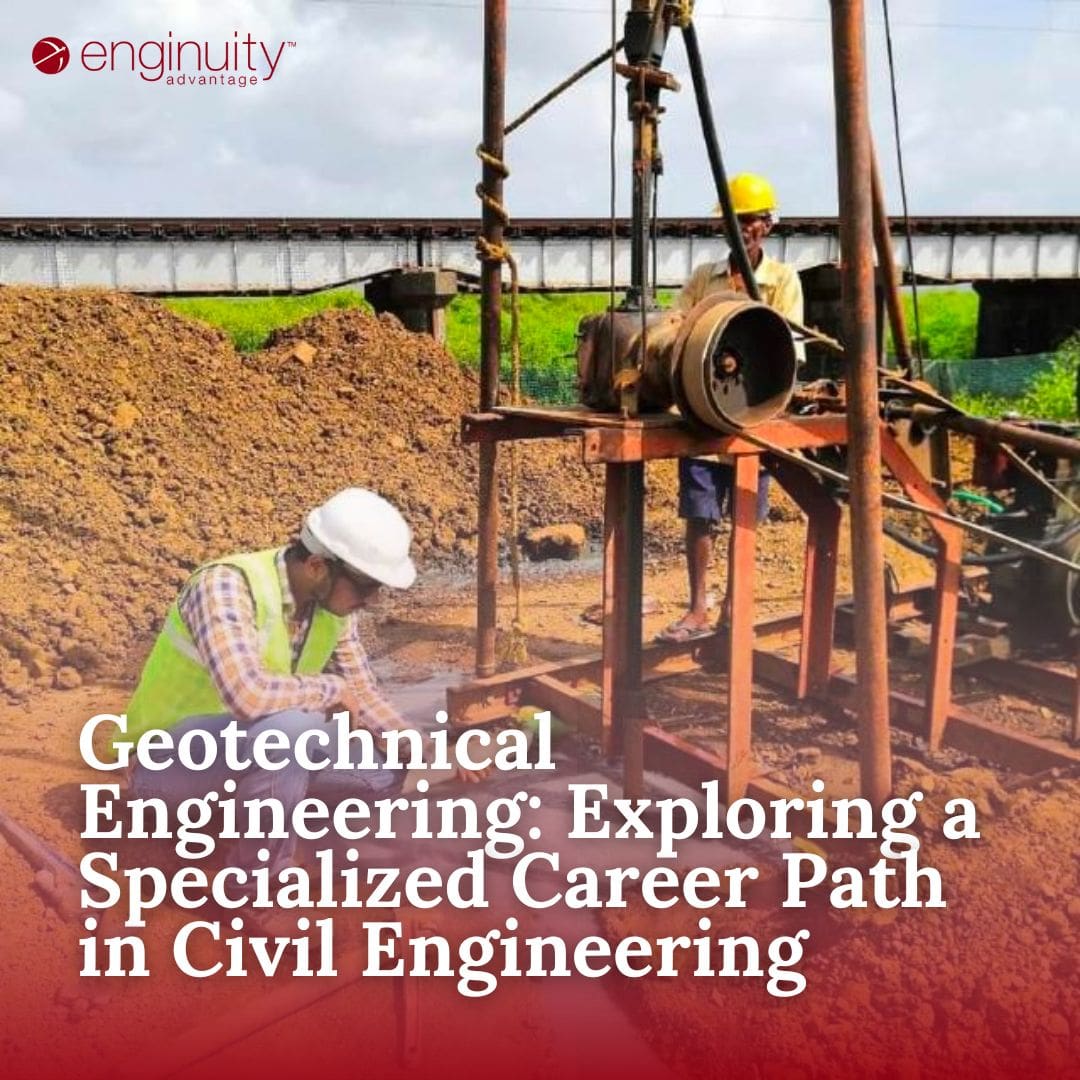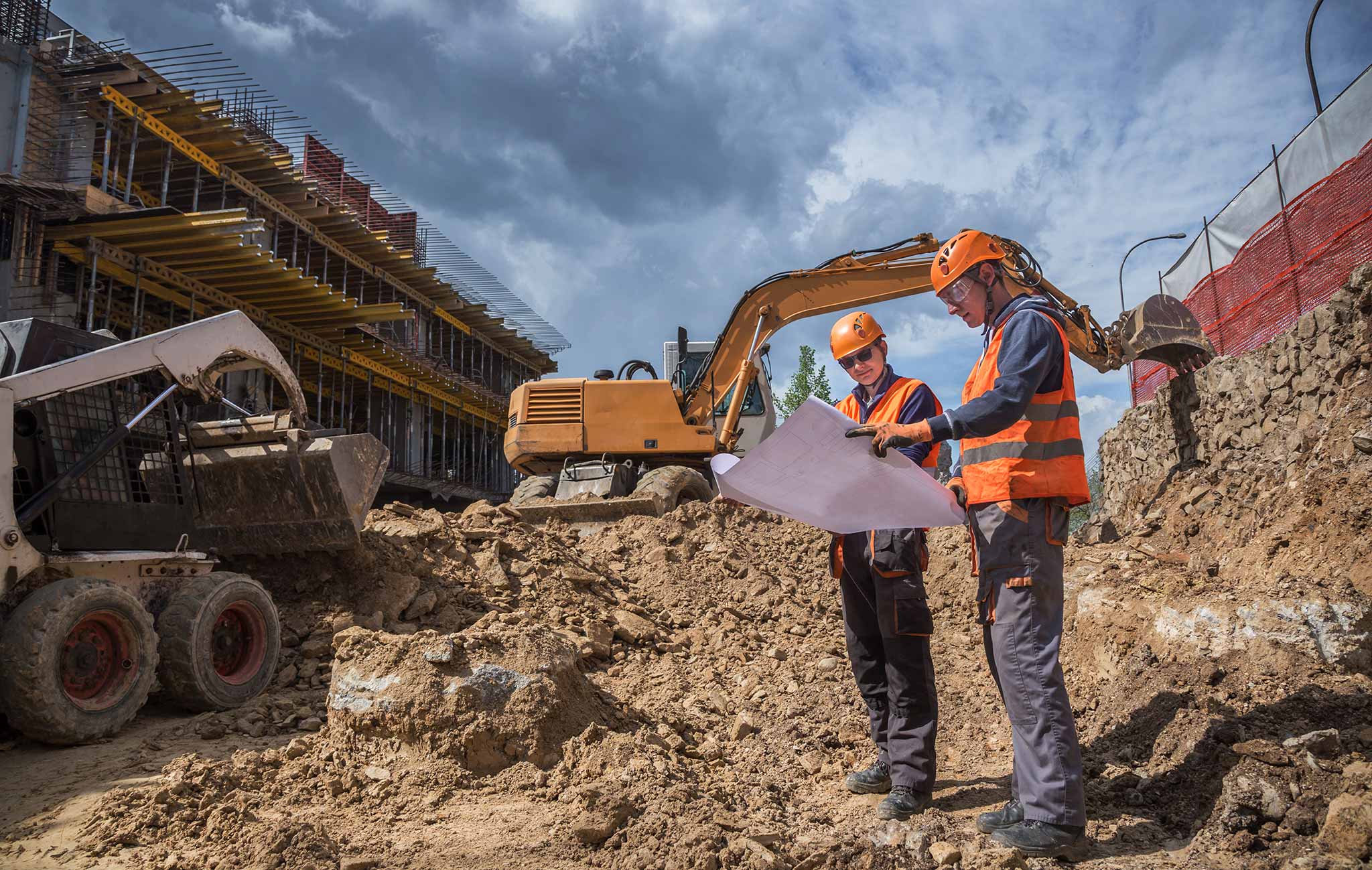Understanding the Fundamentals: Concerning Geotechnical Engineering in Modern Construction
Understanding the Fundamentals: Concerning Geotechnical Engineering in Modern Construction
Blog Article
A Detailed Review of Geotechnical Design Techniques and Their Effect On Modern Civil Engineering Projects
Geotechnical design serves as the foundation of modern-day civil engineering, supplying vital strategies that attend to the complexities of subsurface problems. The interaction of dirt evaluation, foundation design, and innovative technologies forms the integrity and sustainability of framework projects.
Value of Geotechnical Engineering
Geotechnical design works as an important structure for civil engineering projects, influencing the security and stability of frameworks. This technique focuses on the actions of dirt and rock materials, providing necessary understandings that lead the style and building and construction procedures. By understanding the communication between the planet and engineered frameworks, geotechnical designers can assess threats associated with ground problems, such as settlement, slope stability, and liquefaction.
The importance of geotechnical design expands past mere structural stability; it plays a crucial role in environmental management and sustainability. Appropriately performed geotechnical assessments make certain that jobs lessen their environmental impact and abide by regulative requirements (geotechnical specialist). Additionally, geotechnical design is important in website choice, enabling designers to determine appropriate areas for construction that minimize potential hazards.
Additionally, geotechnical engineering fosters technology in civil engineering by progressing strategies for ground enhancement, foundation layout, and excavation. The technique's payments are important in attending to difficulties postured by differing soil problems, therefore facilitating risk-free and reliable facilities growth. Generally, the significance of geotechnical engineering is critical in guaranteeing that civil design tasks are not just possible but likewise resistant versus manufactured and all-natural misfortunes.
Trick Methods in Geotechnical Engineering

Another vital strategy is dirt stabilization, which entails modifying soil homes to improve load-bearing capacity or minimize settlement. Approaches such as including concrete, lime, or utilizing geosynthetics are frequently made use of to accomplish dirt improvement.
Ground improvement strategies, including vibrant compaction and vibro-replacement, are likewise crucial. These methods aim to compress loosened or soft soils, improving their strength and minimizing liquefaction possibility in seismic areas.
Preserving structures, such as sheet stacks and dirt nailing, are used to sustain excavations and protect against dirt motion. Furthermore, incline stablizing methods, consisting of drain systems and preserving wall surfaces, are crucial for minimizing landslide risks.

Soil Evaluation and Evaluating Approaches
Effective dirt evaluation and testing methods are critical for recognizing the physical and chemical buildings of soil, which directly affect design choices. A thorough evaluation of soil attributes is necessary for predicting behavior under numerous loading conditions and ecological influences.
Common dirt screening methods include both field and lab methods. Area examinations, such as the Requirement Infiltration Test (SPT) and Cone Penetration Examination (CPT), offer immediate understandings right into soil stamina, stratification, and density. These tests aid engineers evaluate site problems efficiently before even more comprehensive laboratory analyses.
Lab screening techniques, such as Atterberg limits, grain dimension circulation, and compaction examinations, are important for figuring out dirt official source plasticity, moisture material, and ideal compaction degrees. Advanced strategies like triaxial examinations and combined undrained (CU) examinations use important data on shear toughness and reliable tension specifications.
Chemical testing, including pH, electrical conductivity, and organic content evaluation, is additionally vital for recognizing possible soil contamination and its influence on building materials. Jointly, these dirt analysis and testing methods create the foundation of informed decision-making in geotechnical design, ensuring the safety and stability of modern civil engineering tasks.
Foundation Layout Approaches
Structure layout approaches are crucial in making sure the stability and longevity of structures. These strategies can be classified into shallow and deep foundations, each suited to certain soil conditions and packing scenarios. Superficial foundations, such as spread footings and floor covering foundations, are usually utilized when surface dirts have sufficient bearing ability. They distribute the lots over a bigger location, minimizing settlement threats.
On the other hand, deep foundations, including stacks and pierced shafts, are employed when surface area soils are weak or poor for sustaining the structure. These foundations transfer loads to deeper, extra stable soil or rock layers, making them crucial for skyscraper buildings and bridges in challenging geotechnical conditions.
Choosing the appropriate foundation design involves detailed geotechnical investigations, consisting of soil make-up, birthing capacity, and groundwater problems. Designers have to think about variables such as negotiation, side lots, and prospective seismic task to guarantee the foundation's efficiency over time.
Inevitably, a well-executed structure design is a pivotal element of civil design, directly affecting the security, durability, and capability of structures. all about geotechnical engineering. By lining up foundation types with site-specific problems, designers can properly minimize navigate to these guys threats related to foundation failing
Developments Forming Civil Design

Sustainable products, such as high-performance concrete and recycled aggregates, are likewise acquiring traction, promoting environmentally friendly methods while keeping structural honesty. Furthermore, advanced geotechnical techniques, such as ground enhancement and deep mixing approaches, are boosting the stability of foundations in difficult dirt conditions.
Moreover, using drones and remote picking up modern technology is enhancing website checking and keeping track of, offering real-time information that aids in handling construction progress and safety and security. The implementation of innovative construction techniques, such as modular and prefabricated construction, better quickens project timelines and reduces waste. Collectively, these innovations are not just transforming civil engineering methods however likewise ensuring that modern facilities satisfies the needs of a growing international population while dealing with ecological concerns.
Conclusion
In final thought, geotechnical design techniques are indispensable to the success of modern civil engineering projects. The application of website examination, soil stablizing, and ground improvement techniques makes sure the security and security of framework. Advancements such as Building Info Modeling (BIM) and progressed surveillance technologies even more enhance job efficiency and precision. By employing these strategies, engineers can reduce dangers and add to the advancement of resilient city atmospheres, inevitably fostering sustainable growth and security in civil design practices.
Geotechnical engineering serves as the backbone of modern-day civil design, giving necessary strategies that attend to the intricacies of subsurface conditions.Geotechnical engineering serves as a critical foundation for civil design projects, affecting the safety and security of frameworks.In enhancement, geotechnical engineering promotes technology in civil design by advancing strategies for ground improvement, structure style, and excavation. In general, the value of geotechnical engineering is critical in making certain that civil design tasks are Recommended Reading not just possible yet likewise durable versus man-made and natural hardships.
In conclusion, geotechnical design techniques are integral to the success of contemporary civil design projects.
Report this page